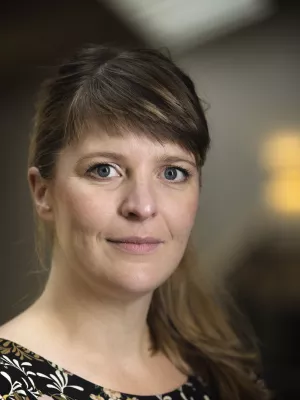
Therese Nilsson
Professor

Disease and fertility: Evidence from the 1918-19 influenza pandemic in Sweden
Author
Summary, in English
What are the consequences of a severe health shock like an influenza pandemic on fertility? Using rich administrative data and a difference-in-differences approach, we evaluate fertility responses to the 1918–19 influenza pandemic in Sweden. We find evidence of a small baby boom following the end of the pandemic, but we show that this effect is second-order compared to a strong long-term negative fertility effect. Within this net fertility decline there are compositional effects: we observe a relative increase in births to married women and to better-off families. Several factors – including disruptions to the marriage market and income effects – contribute to the long-term fertility reduction. The results are consistent with studies that find a positive fertility response following natural disasters, but we show that this effect is short-lived.
Department/s
- Centre for Economic Demography
- Department of Economics
Publishing year
2021-12-01
Language
English
Publication/Series
Economics and Human Biology
Volume
43
Document type
Journal article
Publisher
Elsevier
Topic
- Economics
Status
Published
ISBN/ISSN/Other
- ISSN: 1570-677X